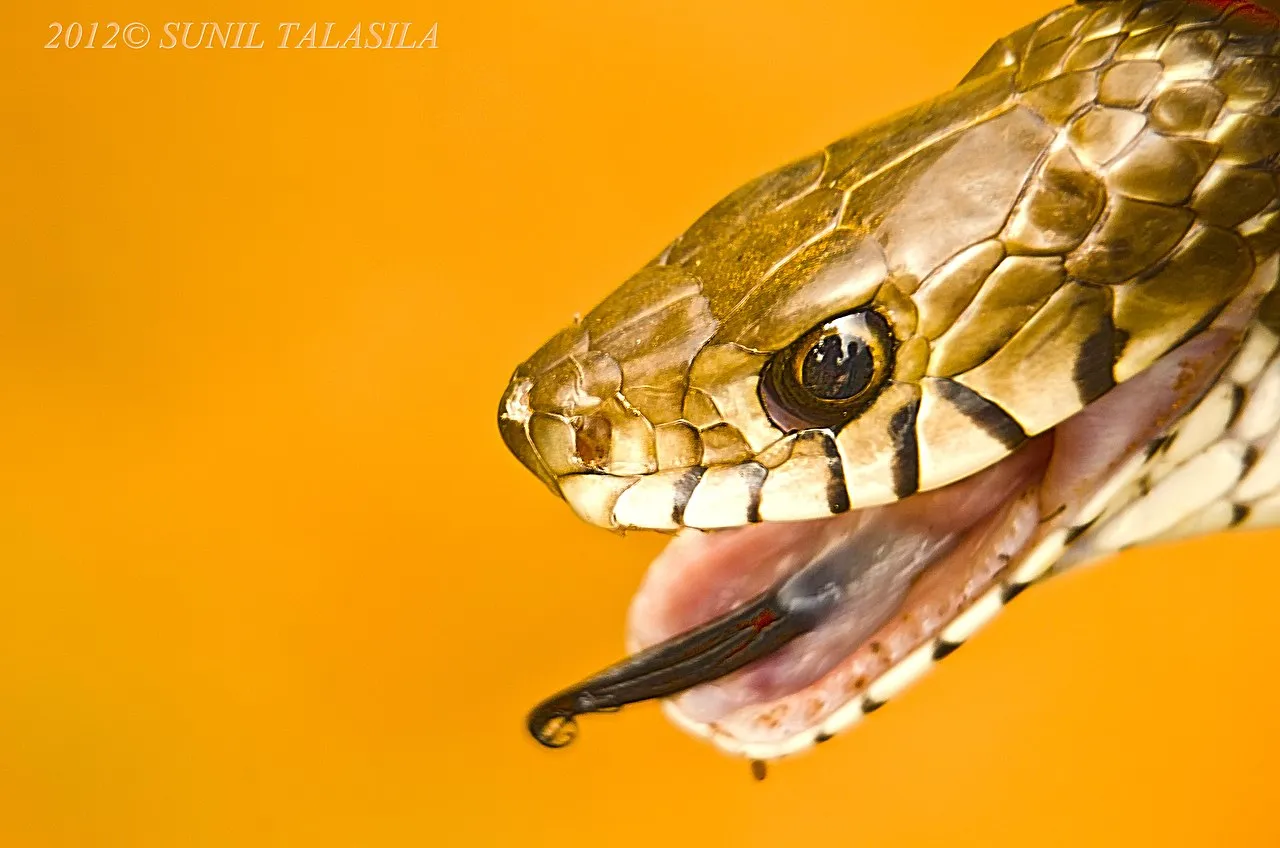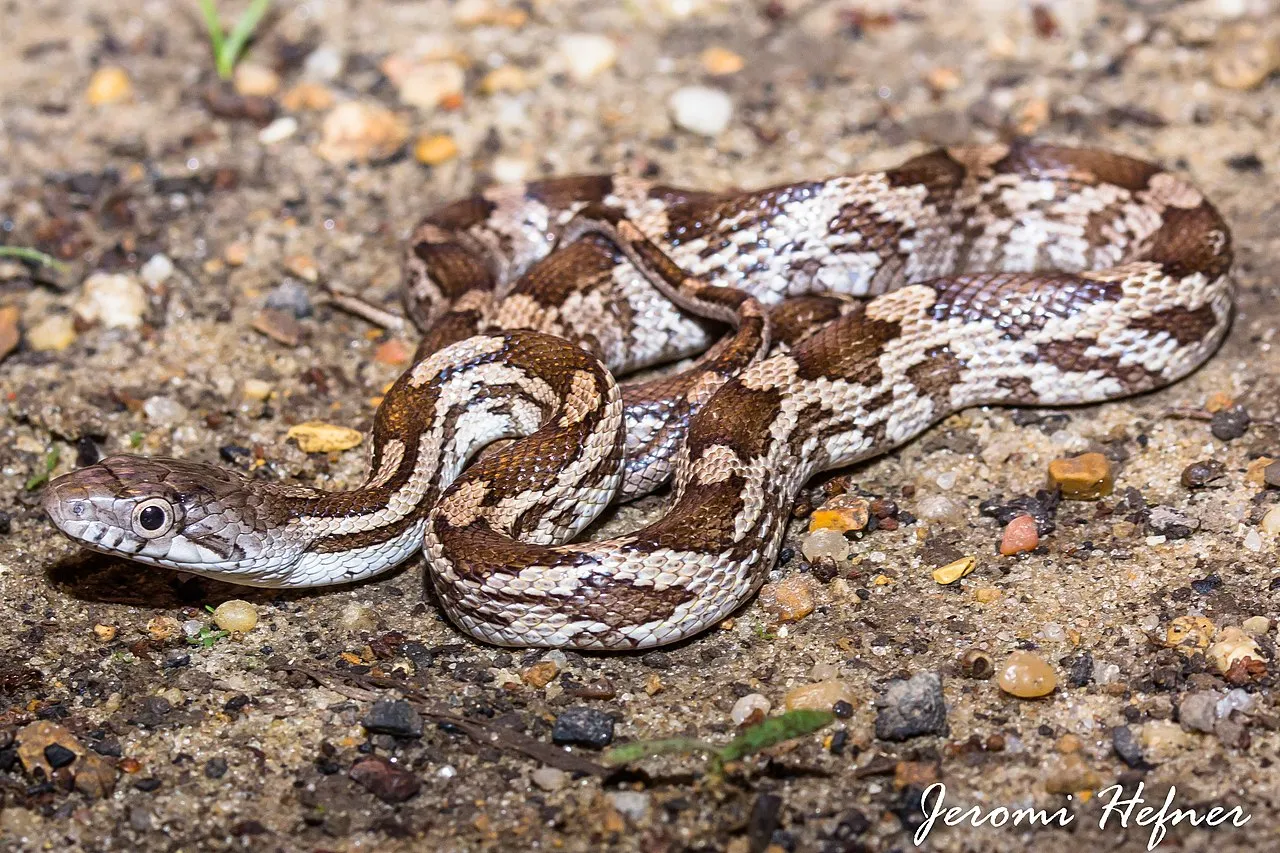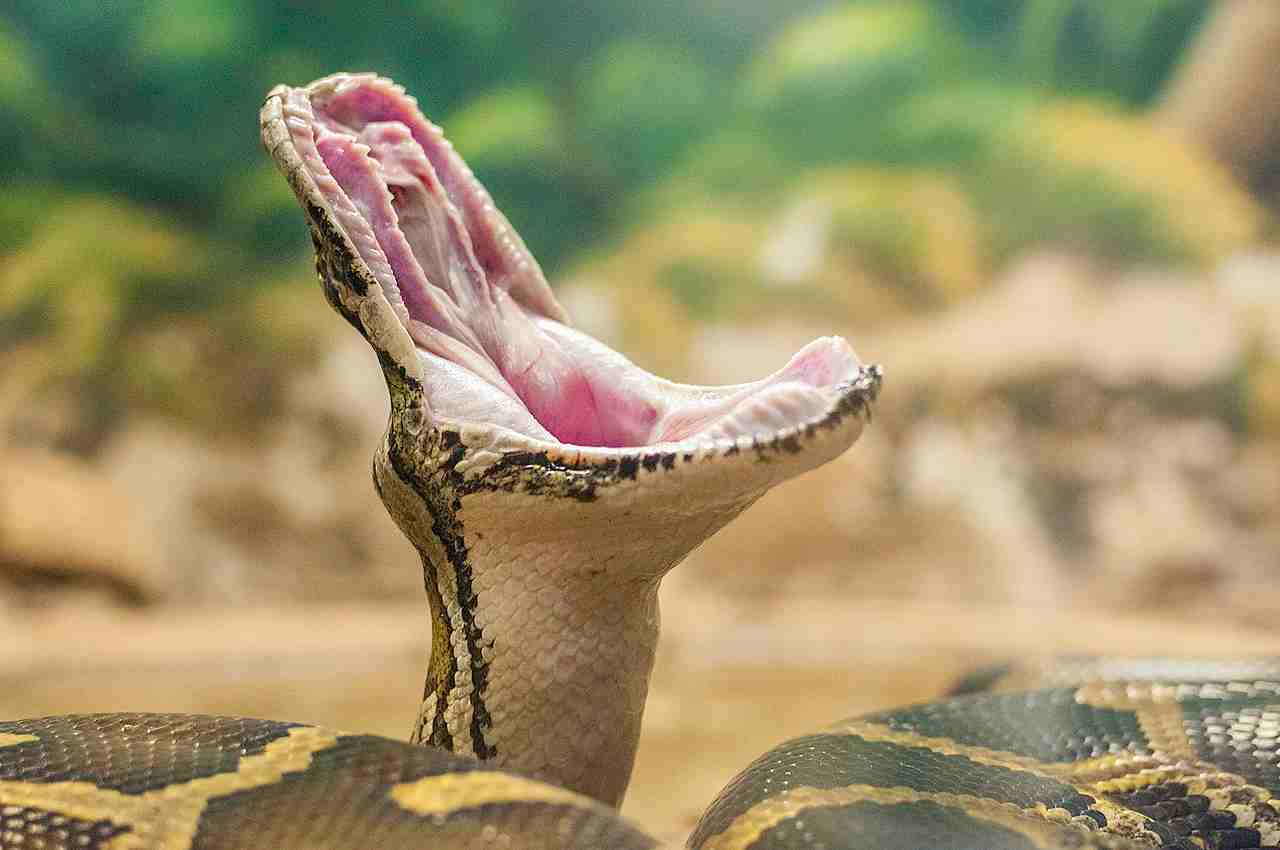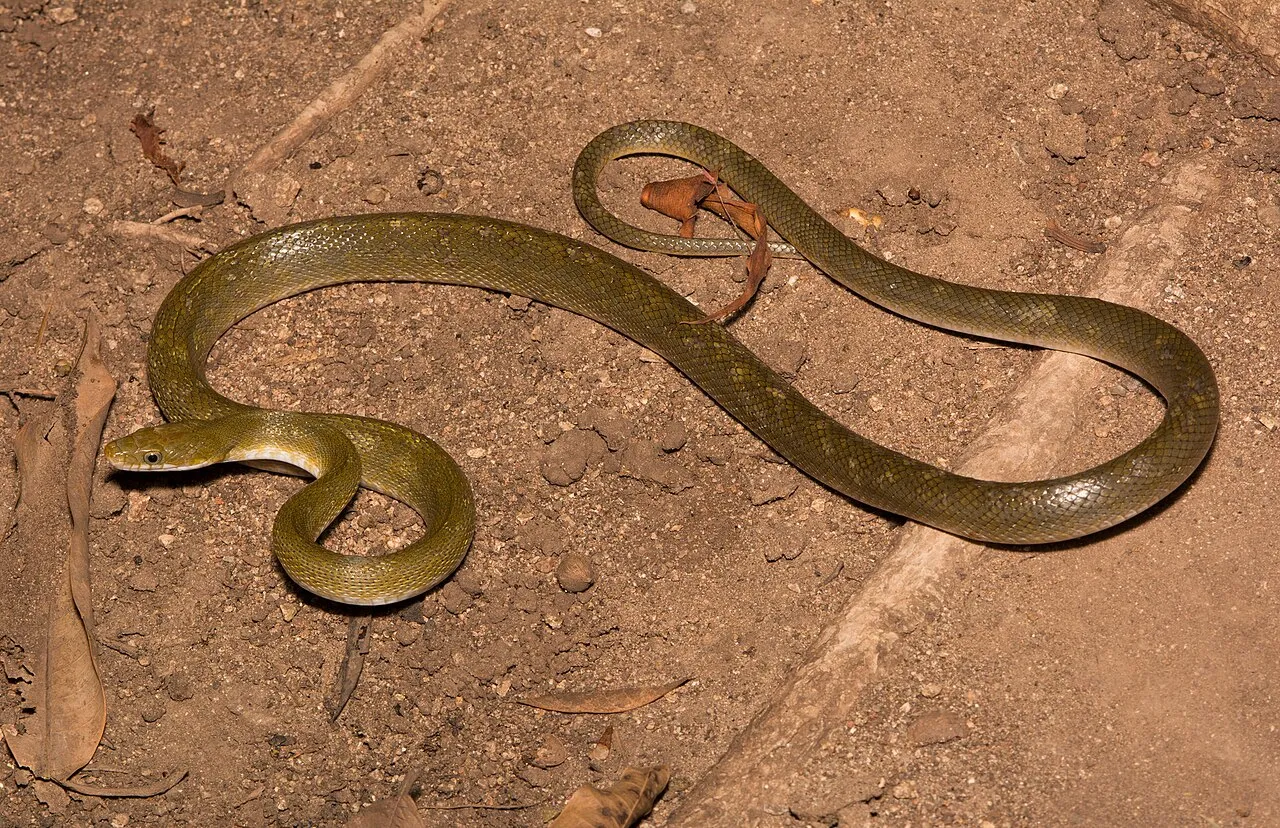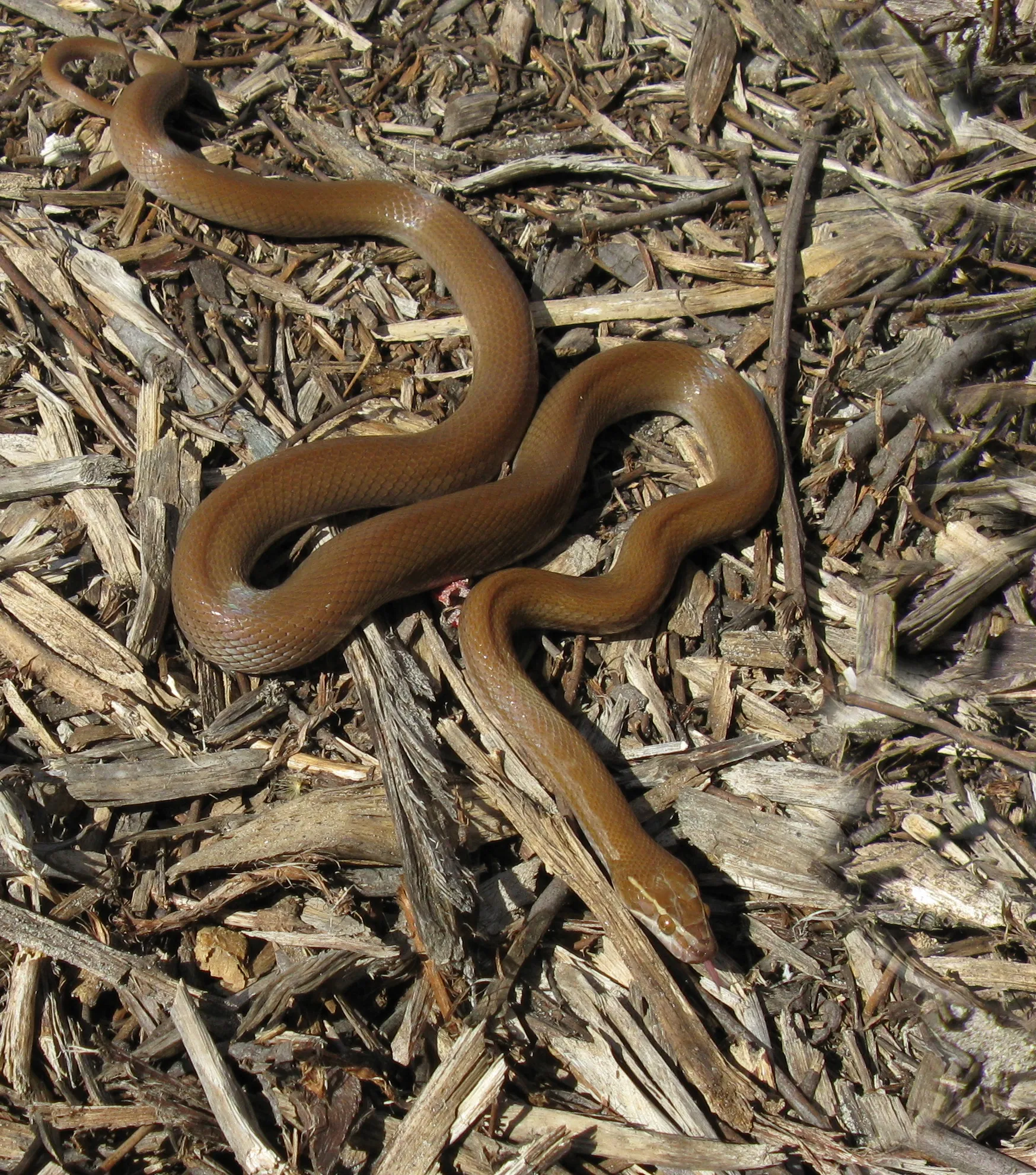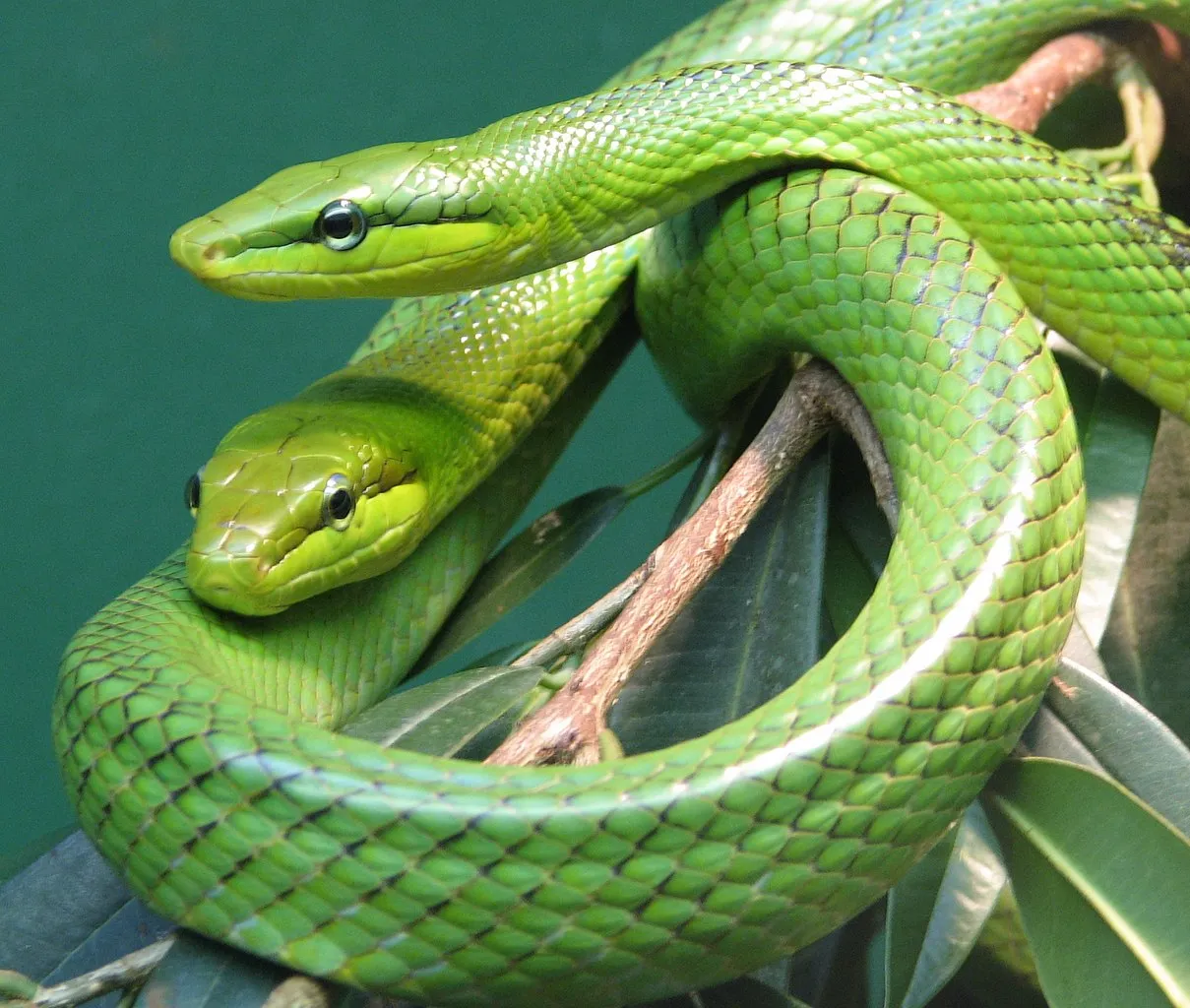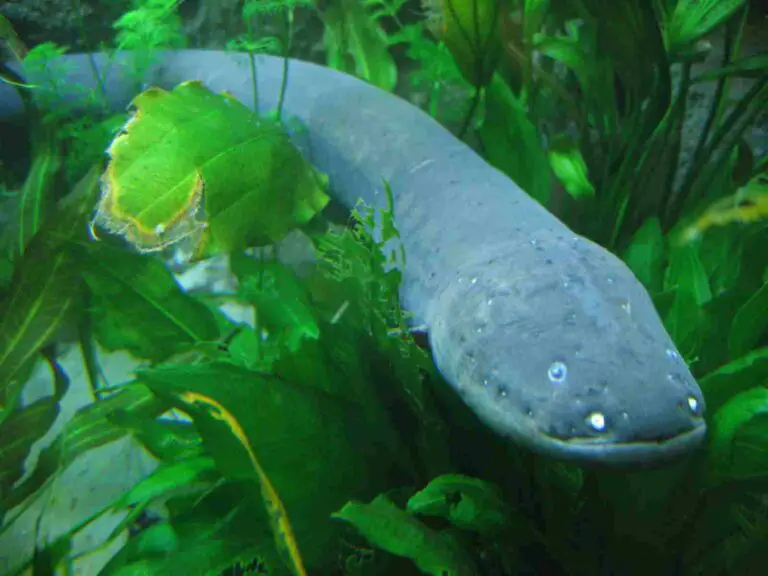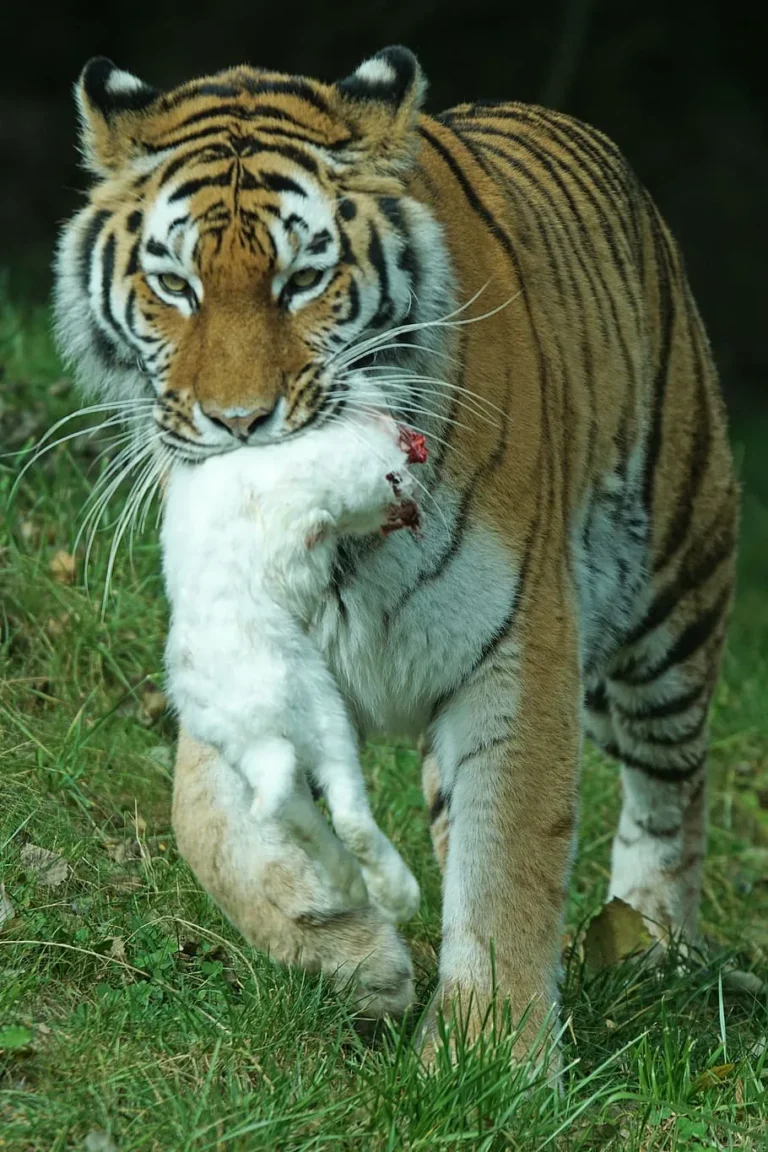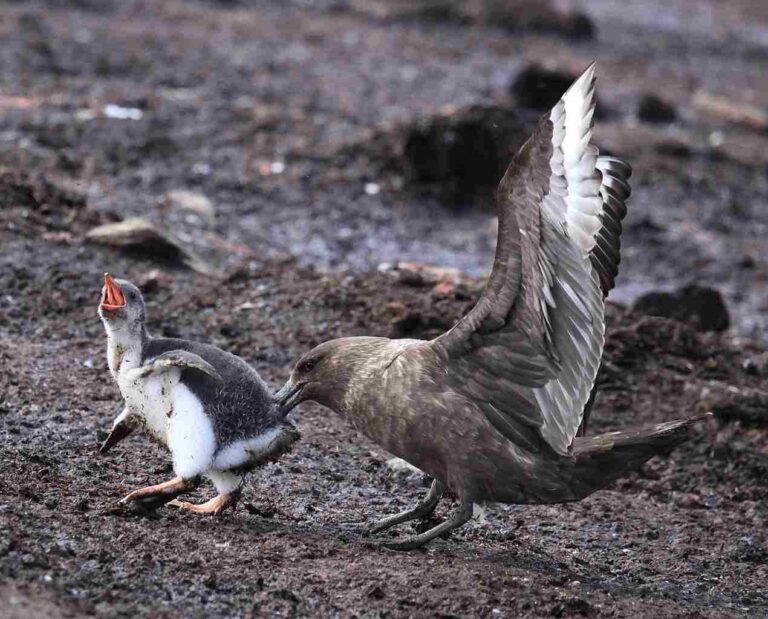Yellow Rat Snake Venomous Tendencies, Facts, Habitat
The yellow rat snake, scientifically classified within Pantherophis alleghaniensis, exhibits various adaptations, behaviors, and ecological roles. Its non-venomous nature and efficient rodent predation contribute to ecosystem stability, although habitat loss and other human-related threats necessitate continued conservation efforts. Responsible pet ownership can mitigate potential ecological risks associated with the pet trade.
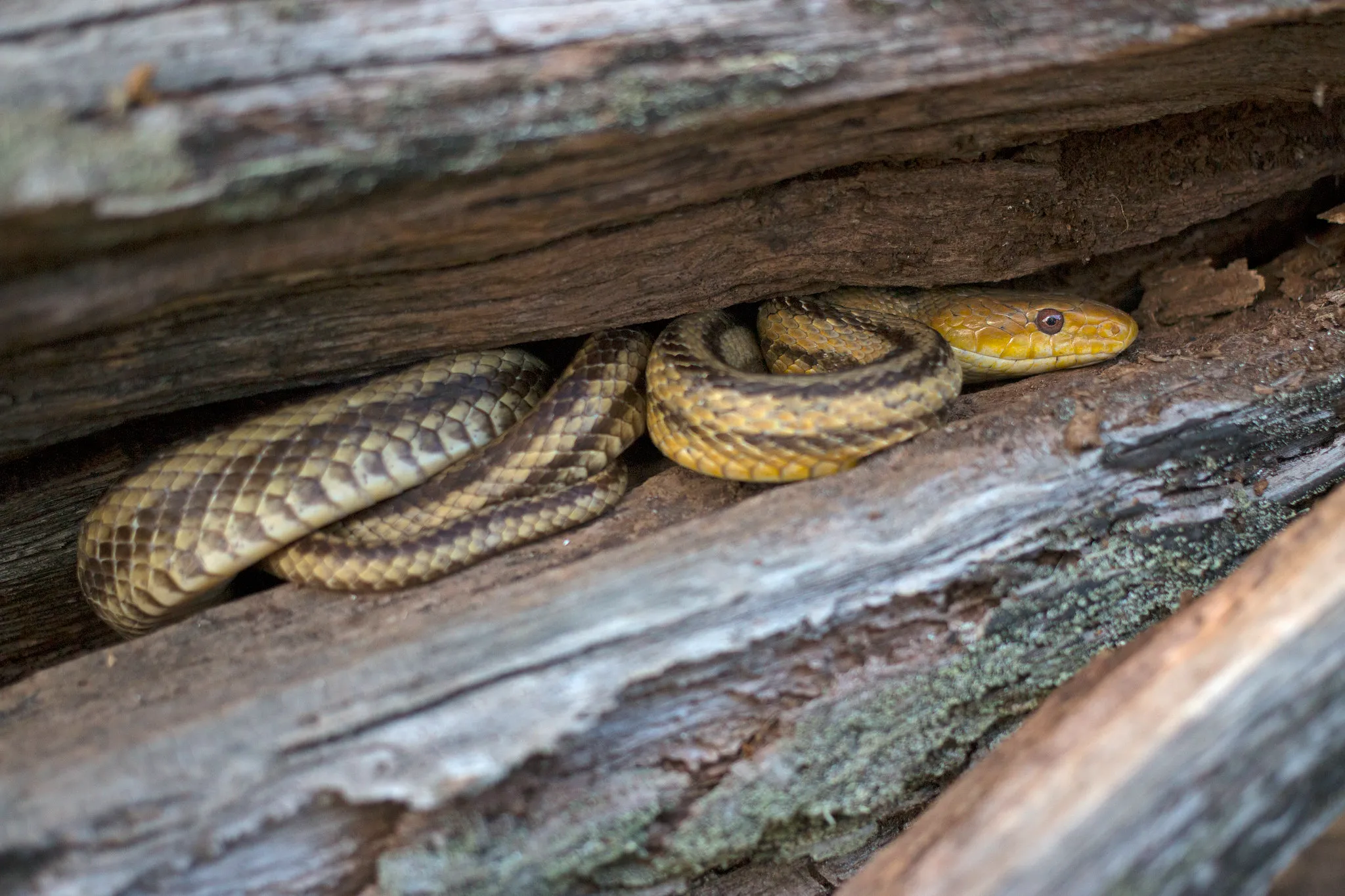
*Facts About the Yellow Rat Snake
- The yellow rat snake belongs to the species Pantherophis alleghaniensis.
- It is commonly known as the yellow rat snake.
- These snakes typically grow to be 3 to 6 feet long and weigh between 1 to 4 pounds.
- Yellow rat snakes have a slender body with yellowish-brown scales and four dark stripes along their body.
- They possess small, recurved teeth for gripping prey.
- Yellow rat snakes are non-venomous and pose no danger to humans.
- Their diet mainly consists of small rodents like mice and rats.
- They are primarily nocturnal and semi-arboreal, often found in wooded areas.
- Yellow rat snakes communicate through body language and scent, rather than vocalizations.
- They inhabit various ecosystems including forests, swamps, and grasslands.
- The geographic range of yellow rat snakes includes the southeastern United States.
- Tracks left by yellow rat snakes include parallel lines with a tail drag mark.
- Yellow rat snakes lay clutches of eggs, typically containing 10 to 20 eggs.
- In the wild, yellow rat snakes can live up to 15 to 20 years.
- Their major adaptations include heat-sensing pits and climbing abilities.
- Yellow rat snakes are listed as a species of least concern for conservation.
- They are commonly kept as pets due to their docile nature and ease of care.
| Criteria | Summary |
| Scientific Classification |
Provides taxonomic placement within the animal kingdom.
|
| Subspecies |
Recognizes variations within Pantherophis alleghaniensis, such as the yellow rat snake.
|
| Size and Weight |
Affects ecological role and prey selection.
|
| Appearance and Identification |
Facilitates visual recognition and distinguishes from other species.
|
| Dentition and Bite Force |
Influences prey capture efficiency and ecological interactions.
|
| Venomous Potency |
Confirms non-venomous nature, impacting human perceptions and ecological interactions.
|
| Diet |
Controls rodent populations, mitigating agricultural and ecological damage.
|
| Behavior |
Nocturnal and semi-arboreal habits influence habitat use and prey interactions.
|
| Sounds/Vocalization |
Lack of vocalizations suggests reliance on visual and olfactory cues.
|
| Habitat |
Adaptability to various habitats contributes to ecosystem stability.
|
| Geographic Range and Distribution |
Presence in specific regions influences local food webs and ecosystems.
|
| Tracks |
Tracking signs aid in monitoring movement patterns and population dynamics.
|
| Reproduction |
Oviparous nature impacts population dynamics and genetic diversity.
|
| Lifespan |
Longevity affects population dynamics and ecosystem contributions.
|
| Major Adaptations |
Heat-sensing pits, climbing abilities, and camouflage enhance hunting efficiency.
|
| Conservation Status |
Least concern status warrants continued monitoring and conservation efforts.
|
| Domestication and Suitability as a Pet |
Responsible ownership minimizes ecological risks associated with pet trade.
|
1. Scientific Classification:
Kingdom: Animalia
Phylum: Chordata
Class: Reptilia
Order: Squamata
Family: Colubridae
Genus: Pantherophis
Species: Pantherophis alleghaniensis
Subspecies: Pantherophis alleghaniensis quadrivittata
2. Subspecies:
Details: Pantherophis alleghaniensis has several recognized subspecies, including Pantherophis alleghaniensis quadrivittata, commonly known as the yellow rat snake.
Importance: Understanding subspecies helps in biodiversity assessments, conservation planning, and genetic studies.
Ecological Implications: Subspecies variations may indicate different adaptations to local environments, contributing to ecosystem diversity and resilience.
3. Size and Weight:
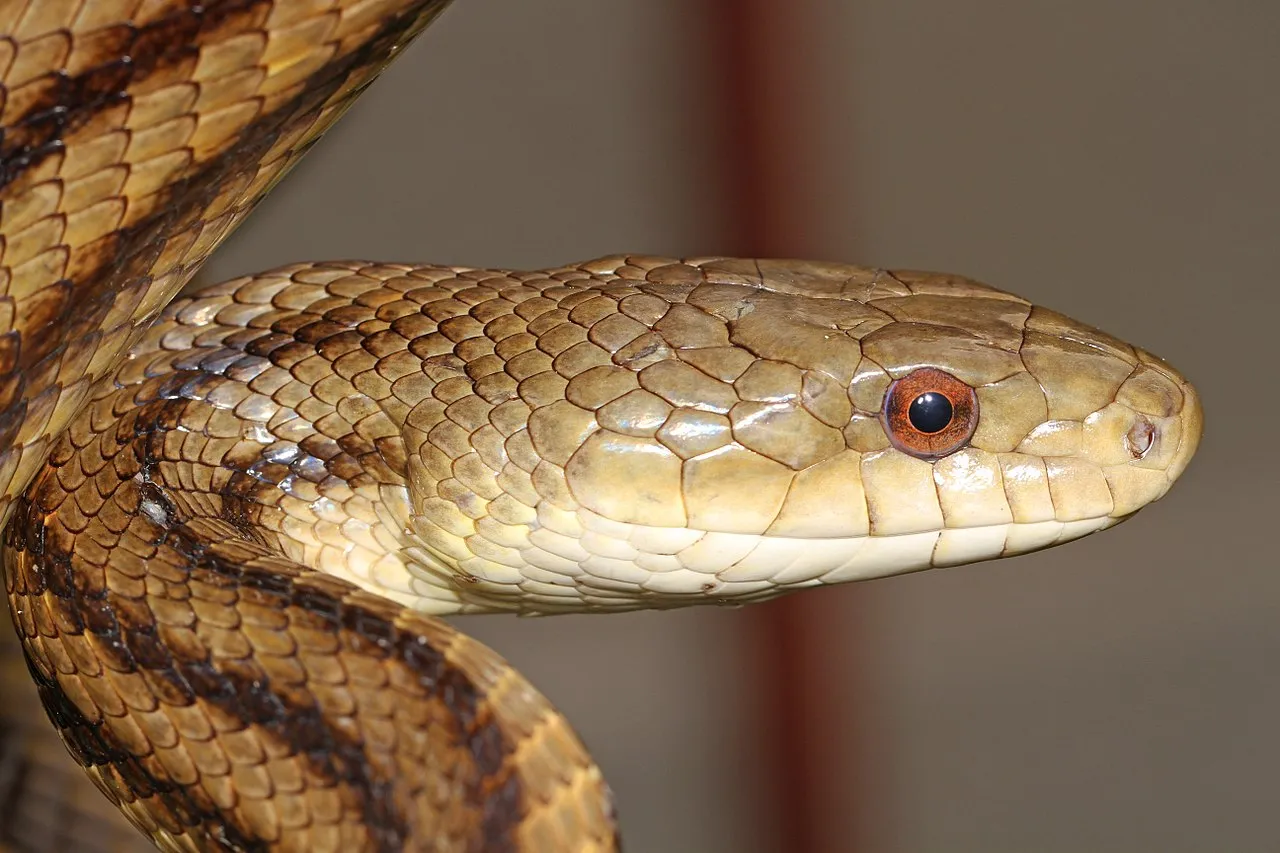
Details: Yellow rat snakes typically grow to lengths of 3 to 6 feet (0.9 to 1.8 meters) and can weigh between 1 to 4 pounds (0.5 to 1.8 kilograms).
Importance: Size and weight impact their role in the ecosystem, prey selection, and interactions with other species.
Ecological Implications: As efficient predators of small rodents, their size and weight influence population dynamics of prey species, which in turn can affect vegetation and other trophic levels within the ecosystem.
4. Appearance and Identification:
Details: Yellow rat snakes have a slender body with yellowish-brown scales and four distinct longitudinal dark stripes running along the length of their body.
Importance: Visual identification aids researchers, herpetologists, and enthusiasts in distinguishing them from other snake species.
Ecological Implications: Camouflage and visual cues play a role in predator avoidance and hunting efficiency, impacting their survival and reproductive success within their habitat.
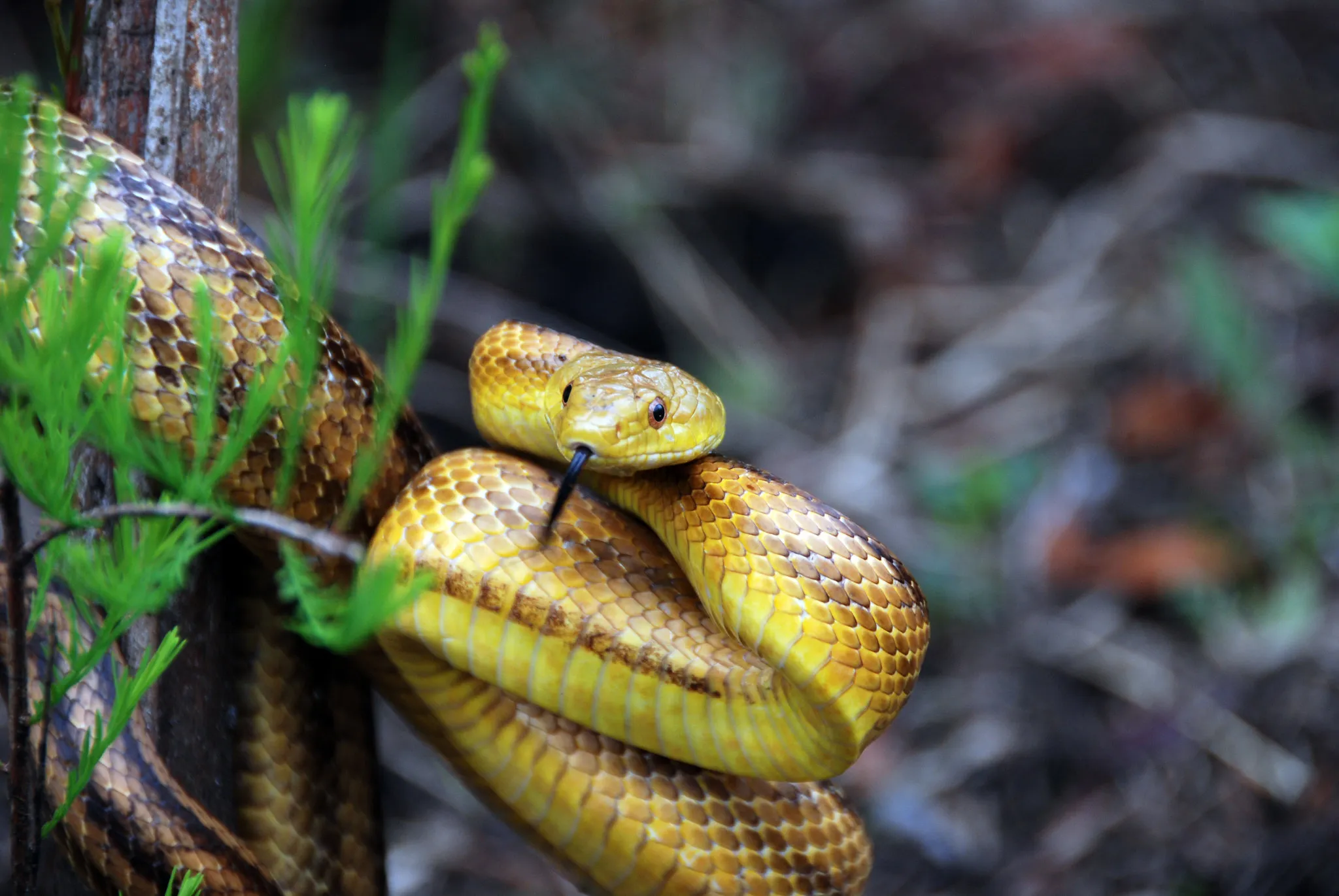
5. Dentition and Bite Force:
Details: Yellow rat snakes possess numerous small, recurved teeth suited for gripping and constricting prey. Their bite force is moderate.
Importance: Dentition and bite force determine their ability to capture and subdue prey efficiently.
Ecological Implications: Efficient hunting behavior influences prey populations and ecosystem dynamics, contributing to the regulation of rodent populations and overall ecosystem health.
6. Venomous Potency:
Details: Yellow rat snakes are non-venomous and pose no significant danger to humans.
Importance: Understanding their lack of venom helps alleviate fears and misconceptions about these snakes.
Ecological Implications: Being non-venomous allows yellow rat snakes to control rodent populations without posing a direct threat to other wildlife or humans.
7. Diet:
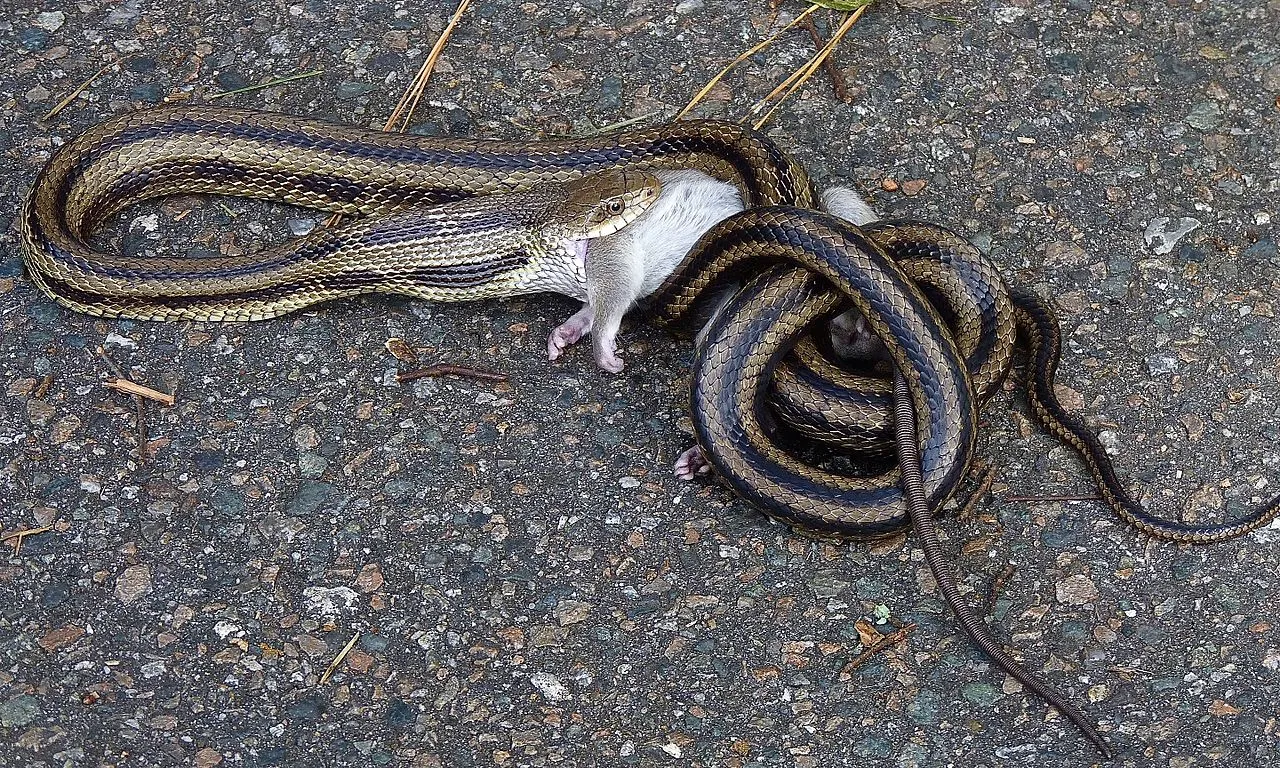
Details: Yellow rat snakes primarily feed on small rodents such as mice, rats, and occasionally birds and their eggs.
Importance: Their diet plays a crucial role in controlling rodent populations, which can otherwise cause agricultural and ecological damage.
Ecological Implications: By preying on rodents, yellow rat snakes help maintain a balance in ecosystems, preventing overpopulation of prey species and mitigating potential damage to crops and native fauna.
8. Behavior:
Details: Yellow rat snakes are primarily nocturnal and semi-arboreal, often found in wooded areas, farmlands, and abandoned buildings.
Importance: Understanding their behavior aids in their conservation and management.
Ecological Implications: Nocturnal habits and semi-arboreal behavior influence their interactions with prey, predators, and habitat structure, contributing to their ecological role as rodent predators.
9. Sounds/Vocalization:
Details: Yellow rat snakes are not known for vocalizations; they primarily communicate through body language and scent.
Importance: Lack of vocalizations distinguishes them from species that rely heavily on auditory communication.
Ecological Implications: Their reliance on visual and olfactory cues for communication suggests adaptations to their habitat and prey detection strategies, influencing their ecological niche and behavior within ecosystems.
10. Habitat:
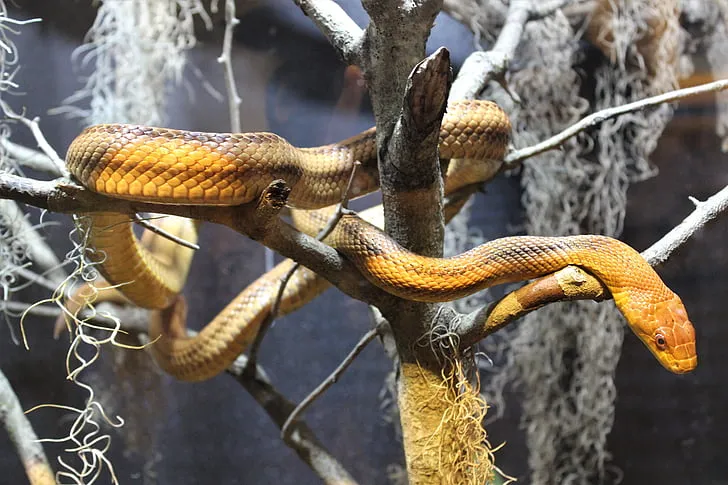
Details: Yellow rat snakes inhabit a variety of habitats including forests, woodlands, swamps, grasslands, and agricultural areas.
Importance: Understanding their habitat preferences is essential for conservation efforts and managing human-snake interactions.
Ecological Implications: Their adaptability to diverse habitats allows them to fulfill their role as rodent predators across different ecosystems, contributing to ecosystem stability and functioning.
11. Geographic Range and Distribution:
Details: Yellow rat snakes are found primarily in the southeastern United States, including states like Florida, Georgia, Alabama, Mississippi, and Louisiana.
Importance: Knowledge of their distribution informs conservation strategies and helps monitor population trends.
Ecological Implications: Their presence in specific geographic regions influences local food webs and ecosystem dynamics, highlighting their ecological significance within their range.
12. Tracks:
Details: Yellow rat snakes leave behind distinctive tracks characterized by a series of parallel lines with a prominent tail drag mark.
Importance: Tracking signs help researchers and wildlife enthusiasts identify their presence in an area.
Ecological Implications: Monitoring tracks aids in understanding their movement patterns, habitat use, and population dynamics, contributing to conservation and management efforts.
13. Reproduction:
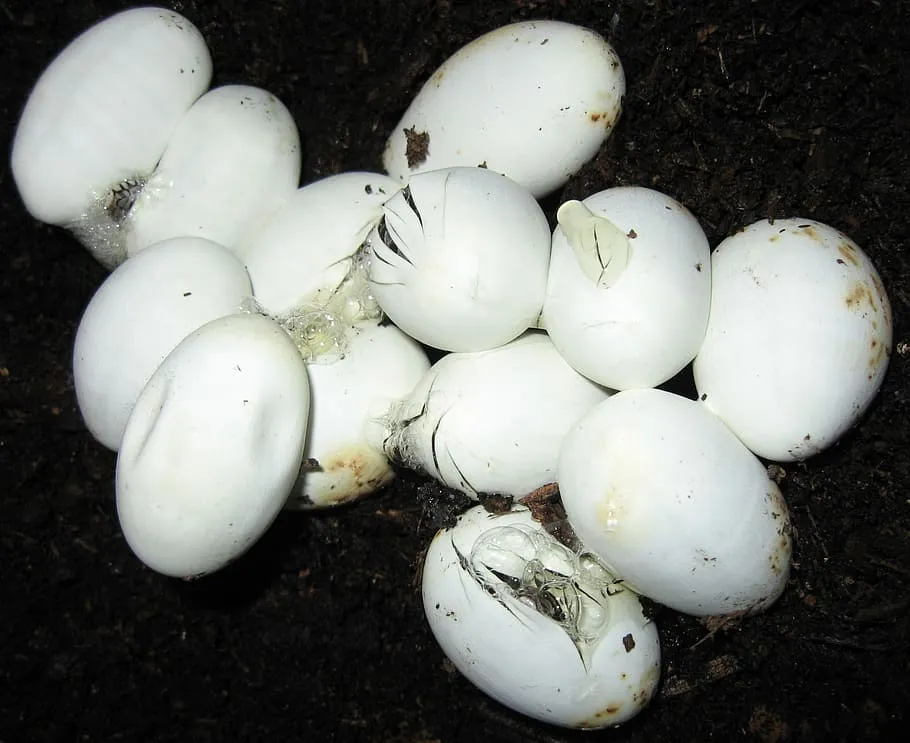
Details: Yellow rat snakes are oviparous, laying clutches of eggs typically ranging from 10 to 20 eggs in secluded locations.
Importance: Understanding their reproductive biology is crucial for population management and conservation.
Ecological Implications: Reproductive success influences population dynamics, genetic diversity, and resilience to environmental changes, affecting their role in ecosystems as rodent predators.
14. Lifespan:
Details: Yellow rat snakes have a lifespan of around 15 to 20 years in the wild, although some individuals may live longer in captivity with proper care.
Importance: Knowing their lifespan helps assess population dynamics and guide conservation efforts.
Ecological Implications: Longevity impacts their role as predators and contributors to ecosystem functioning over their lifetime, influencing population dynamics and biodiversity.
15. Major Adaptations:
Details: Yellow rat snakes have several adaptations for hunting and survival, including heat-sensing pits, excellent climbing abilities, and cryptic coloration for camouflage.
Importance: Understanding their adaptations sheds light on their ecological niche and behavior.
Ecological Implications: Adaptations enhance their efficiency as rodent predators and influence their interactions with prey, predators, and habitat, shaping their role within ecosystems.
16. Conservation Status:
Details: Yellow rat snakes are currently listed as a species of least concern by the International Union for Conservation of Nature (IUCN).
Importance: Monitoring their conservation status helps ensure their long-term survival and contributes to ecosystem health.
Ecological Implications: Despite their current status, ongoing habitat loss, road mortality, and persecution by humans pose threats to their populations, highlighting the need for continued conservation efforts.
17. Domestication and Suitability as a Pet:
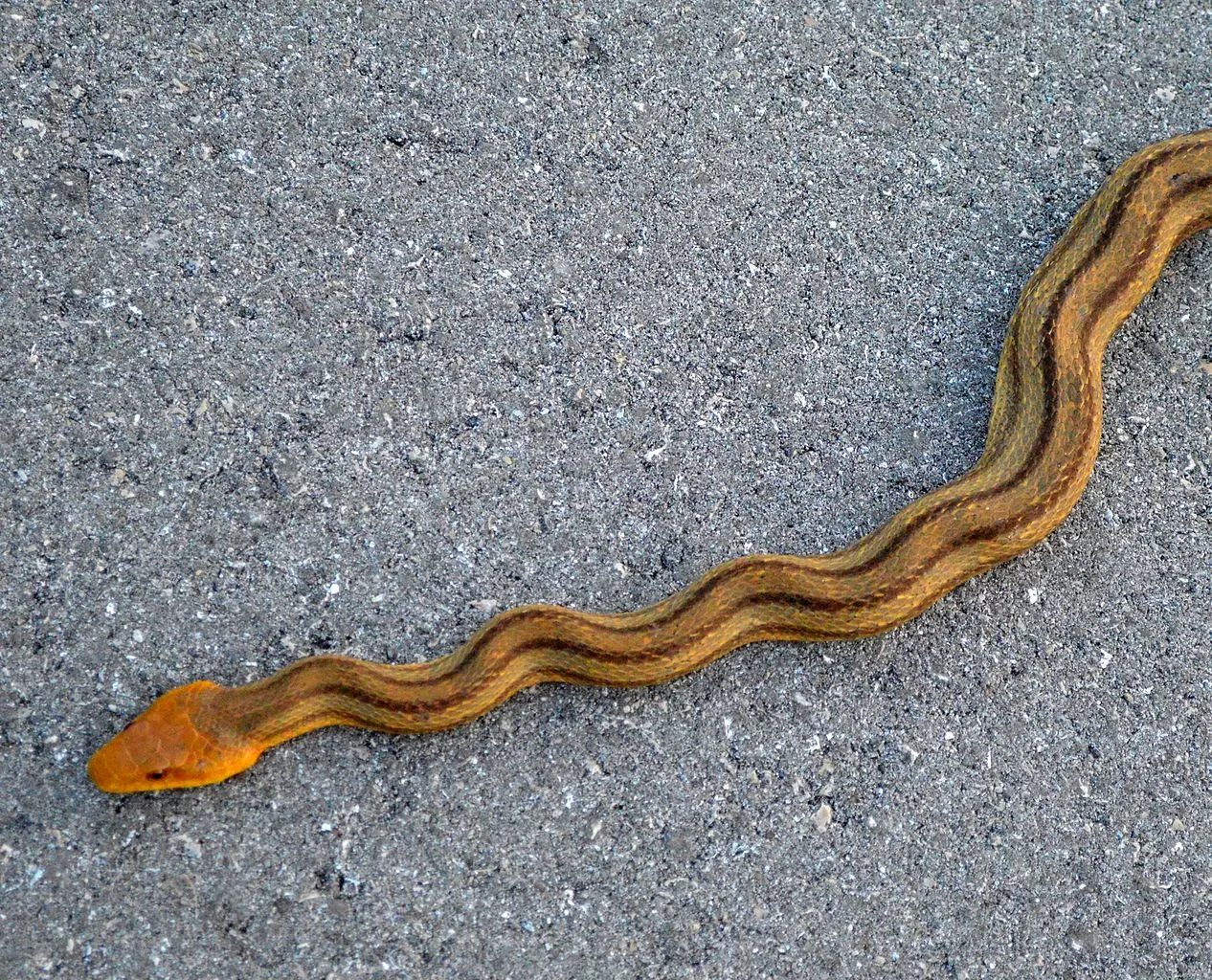
Details: Yellow rat snakes are commonly kept as pets due to their docile nature, ease of care, and attractive appearance.
Importance: Understanding their suitability as pets helps promote responsible ownership and conservation education.
Ecological Implications: While captive breeding reduces pressure on wild populations, improper pet ownership can lead to ecological risks such as introduction of non-native species and release of unwanted pets into the wild, impacting local ecosystems. Therefore, responsible pet ownership is crucial for minimizing ecological implications.
*Summary of Information On Yellow Rat Snake
Scientific Classification:
Provides taxonomic placement within the animal kingdom.
Subspecies:
Recognizes variations within Pantherophis alleghaniensis, such as the yellow rat snake.
Size and Weight:
Affects ecological role and prey selection.
Appearance and Identification:
Facilitates visual recognition and distinguishes from other species.
Dentition and Bite Force:
Influences prey capture efficiency and ecological interactions.
Confirms non-venomous nature, impacting human perceptions and ecological interactions.
Diet:
Controls rodent populations, mitigating agricultural and ecological damage.
Behavior:
Nocturnal and semi-arboreal habits influence habitat use and prey interactions.
Sounds/Vocalization:
Lack of vocalizations suggests reliance on visual and olfactory cues.
Habitat:
Adaptability to various habitats contributes to ecosystem stability.
Geographic Range and Distribution:
Presence in specific regions influences local food webs and ecosystems.
Tracks:
Tracking signs aid in monitoring movement patterns and population dynamics.
Reproduction:
Oviparous nature impacts population dynamics and genetic diversity.
Lifespan:
Longevity affects population dynamics and ecosystem contributions.
Major Adaptations:
Heat-sensing pits, climbing abilities, and camouflage enhance hunting efficiency.
Conservation Status:
Least concern status warrants continued monitoring and conservation efforts.
Domestication and Suitability as a Pet:
Responsible ownership minimizes ecological risks associated with pet trade.
